Off the Internet, into Real Life — Amy Lombard Photographs the Meetups of Online Communities
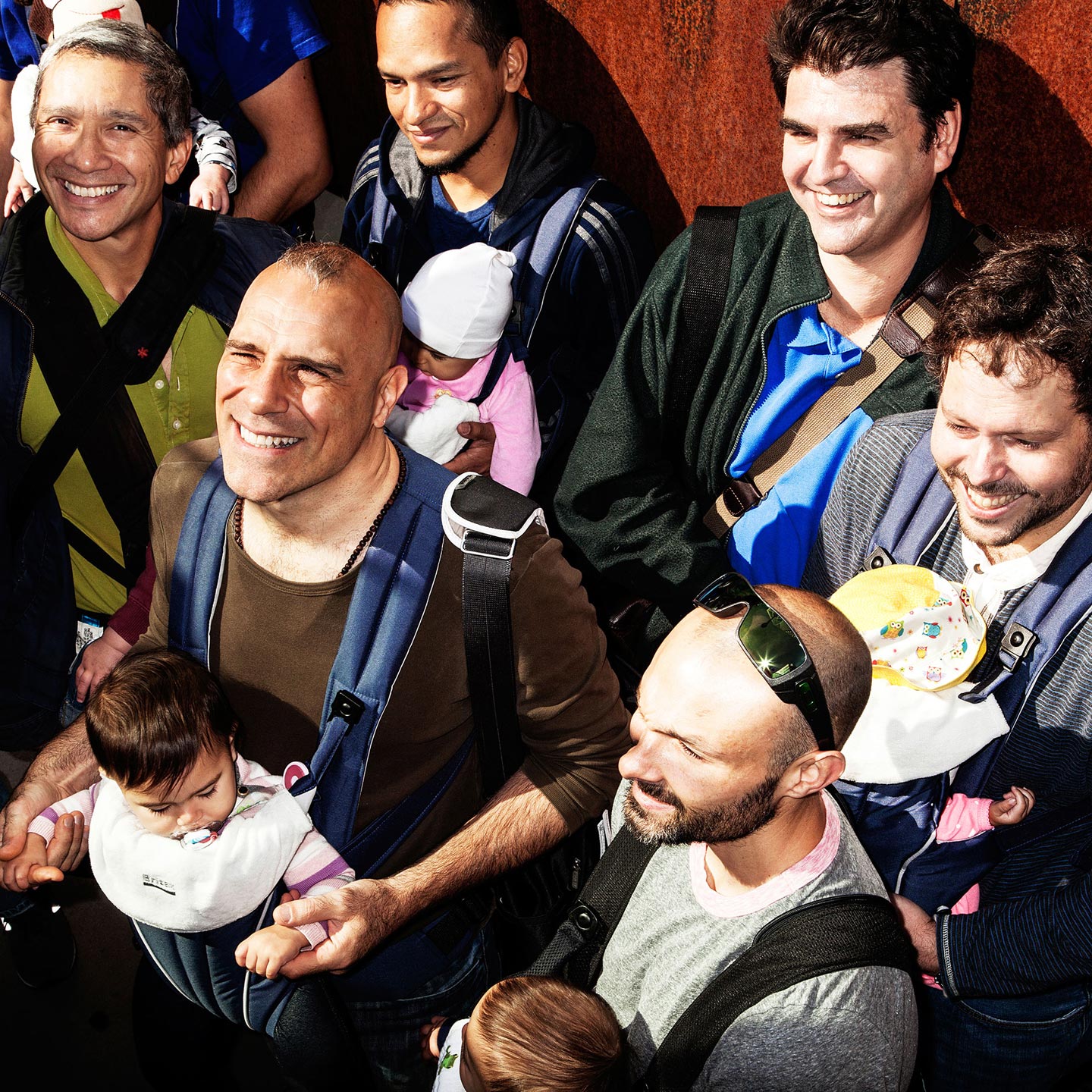
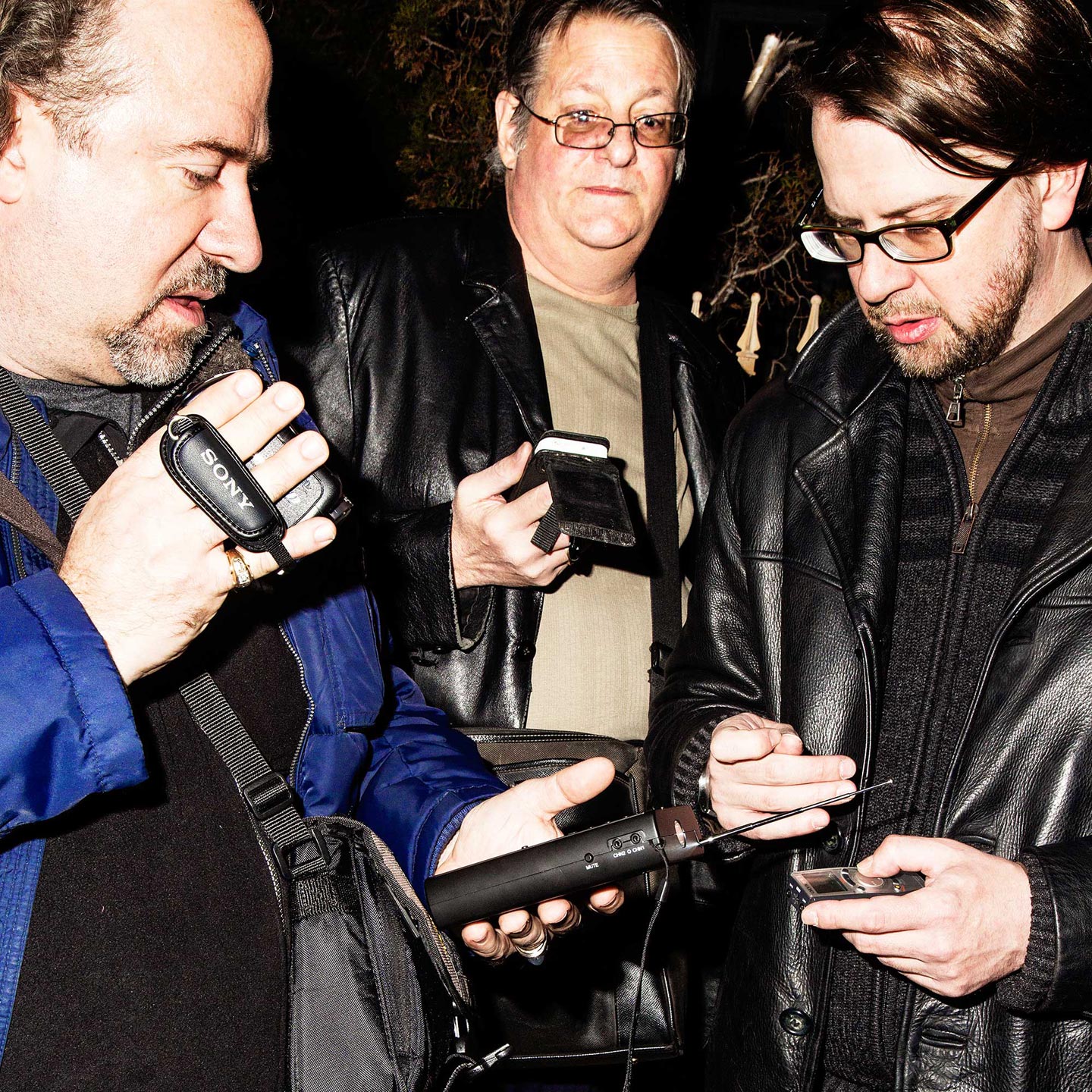
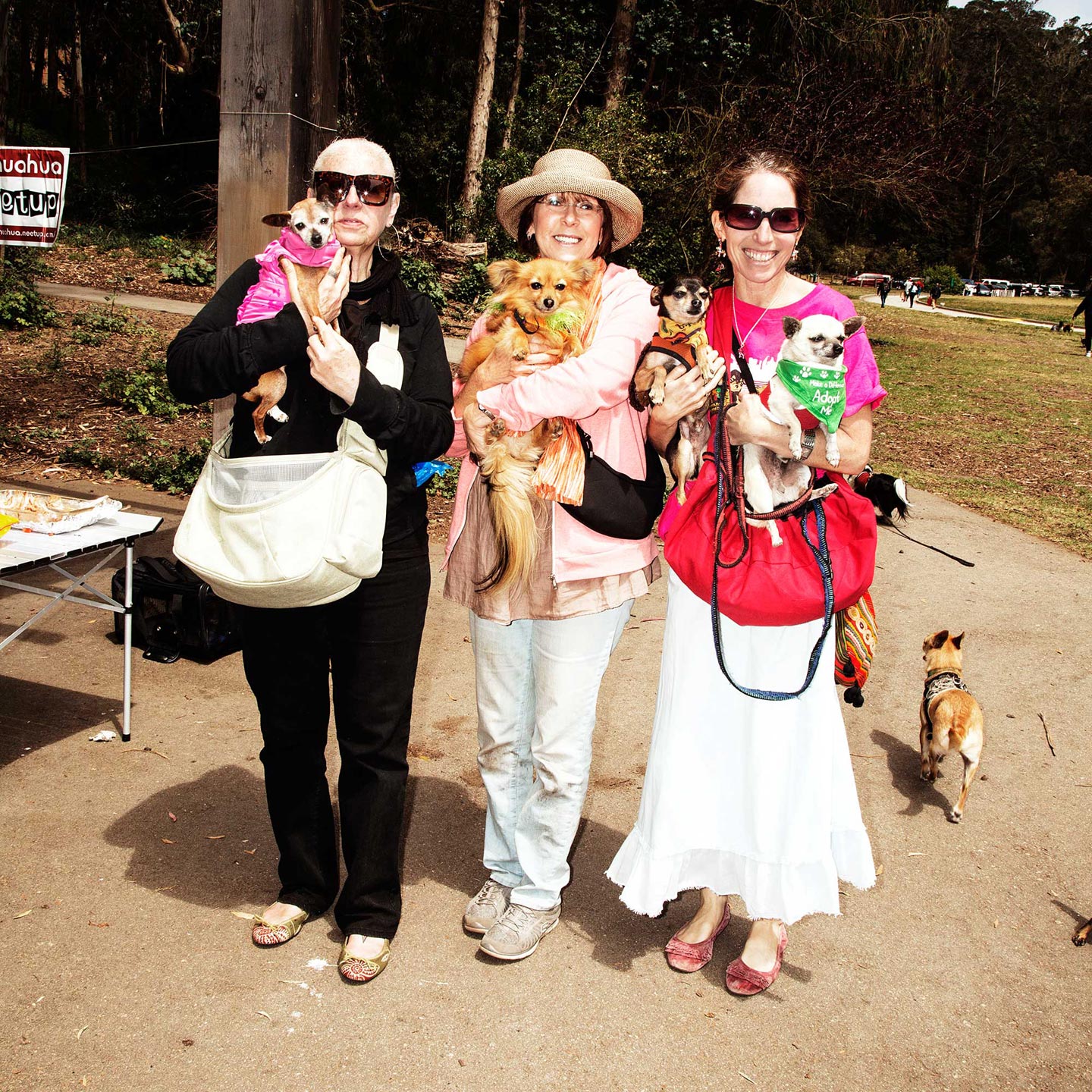

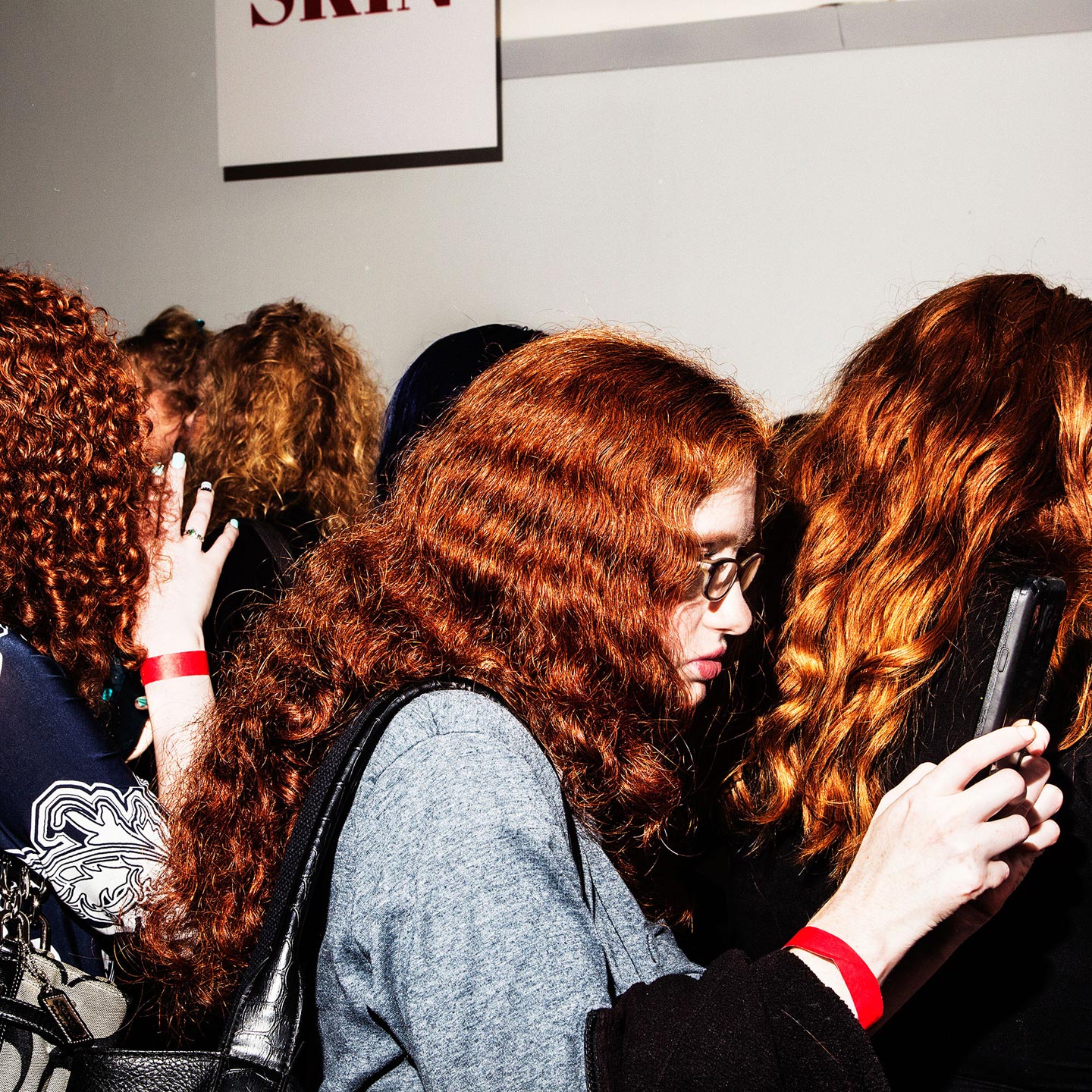
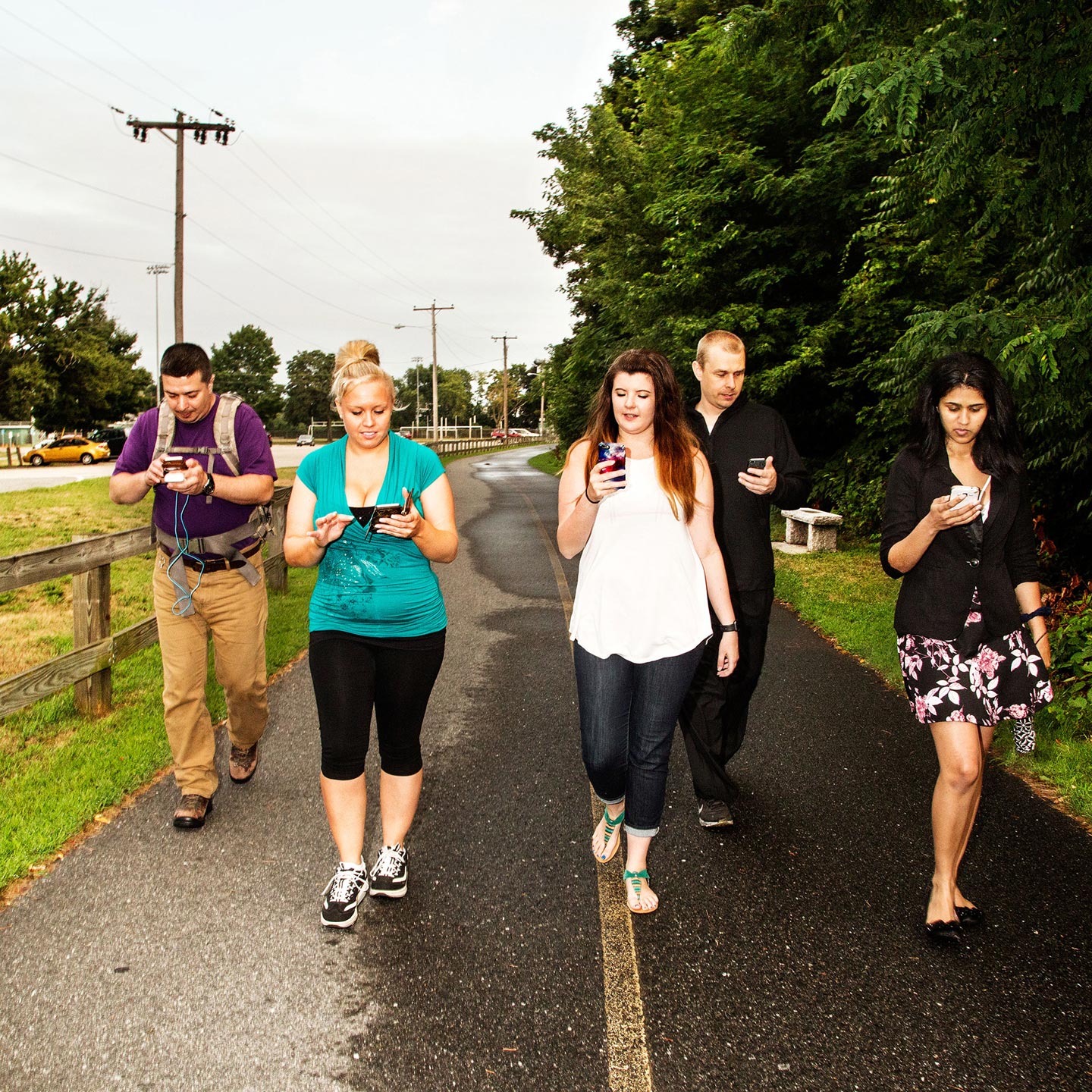
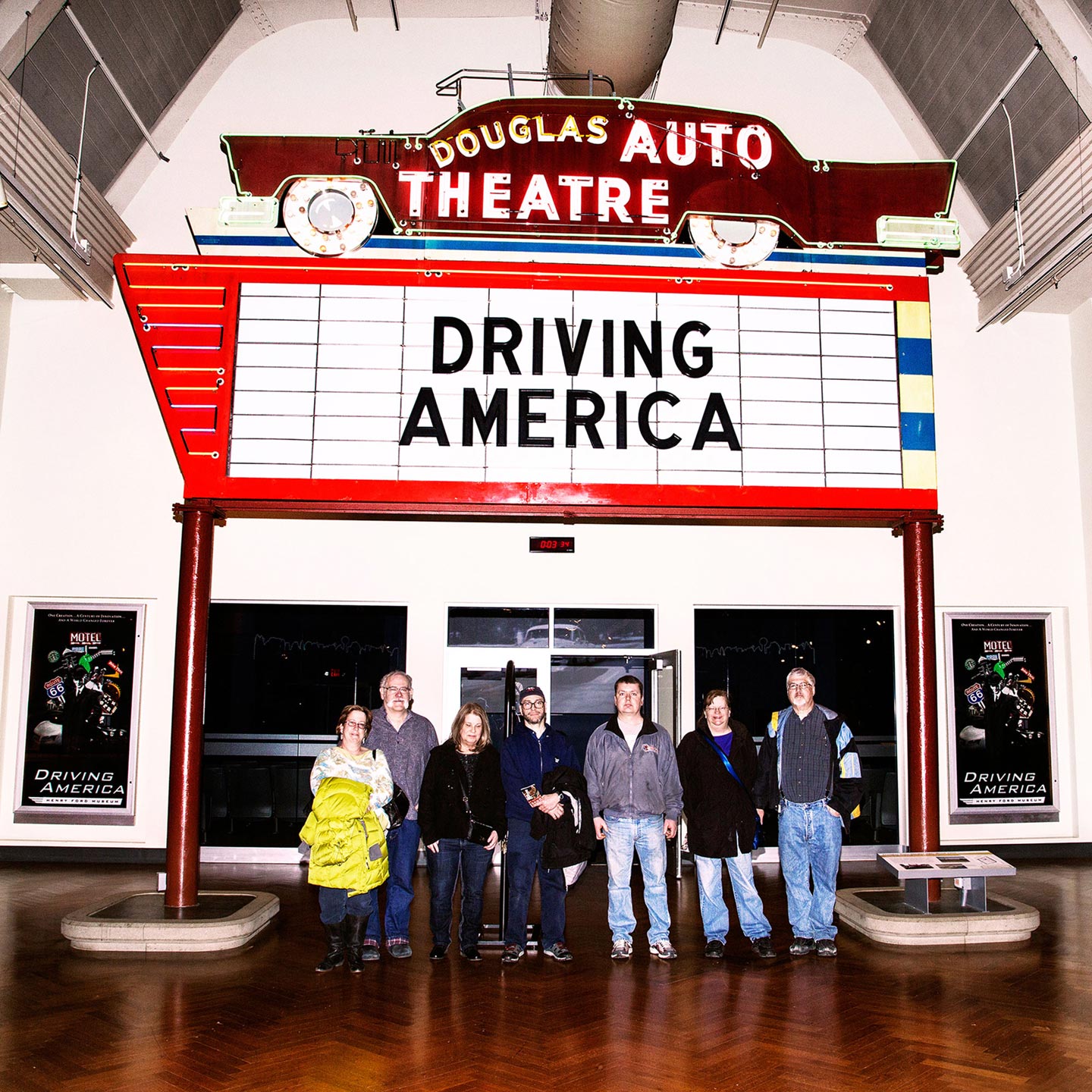
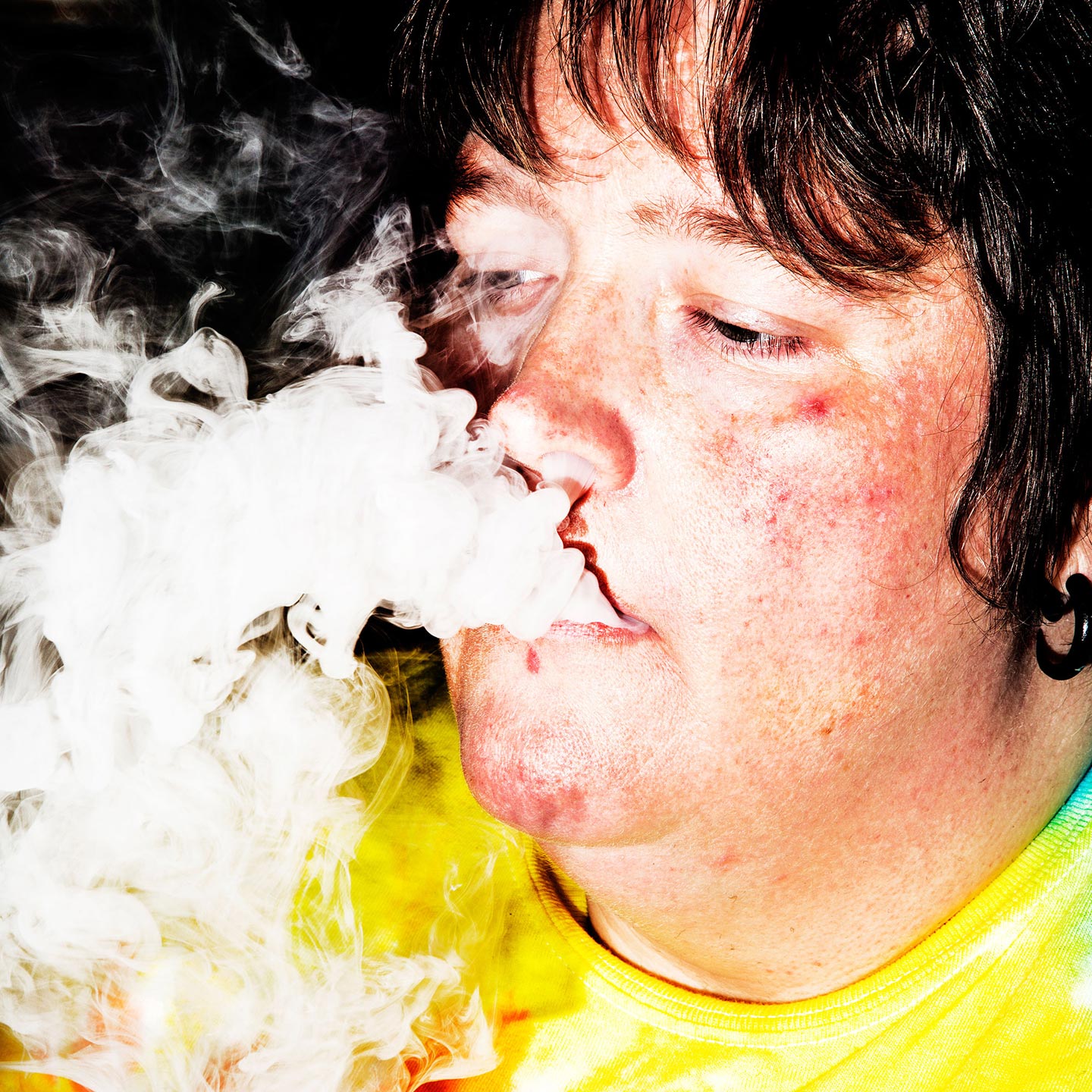
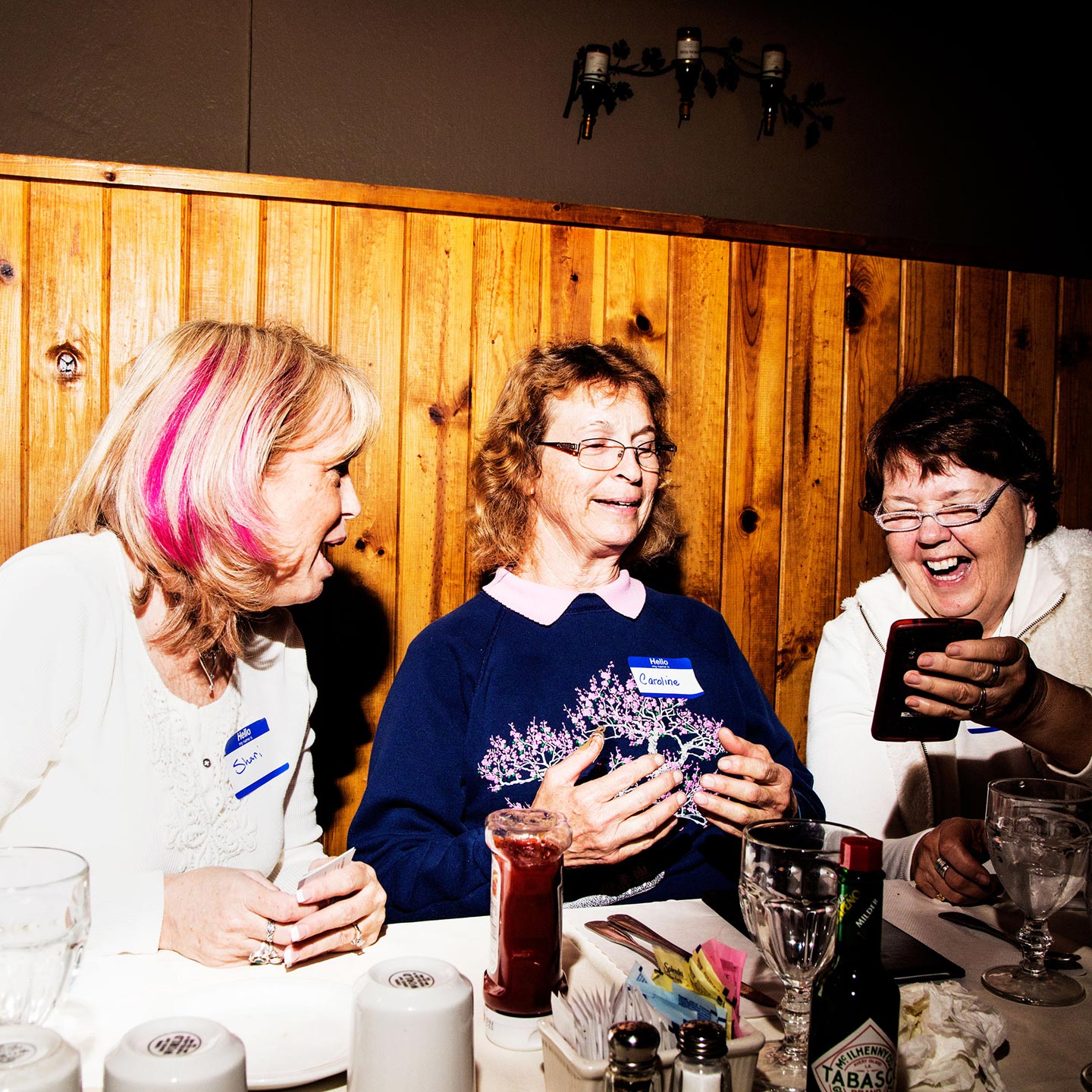
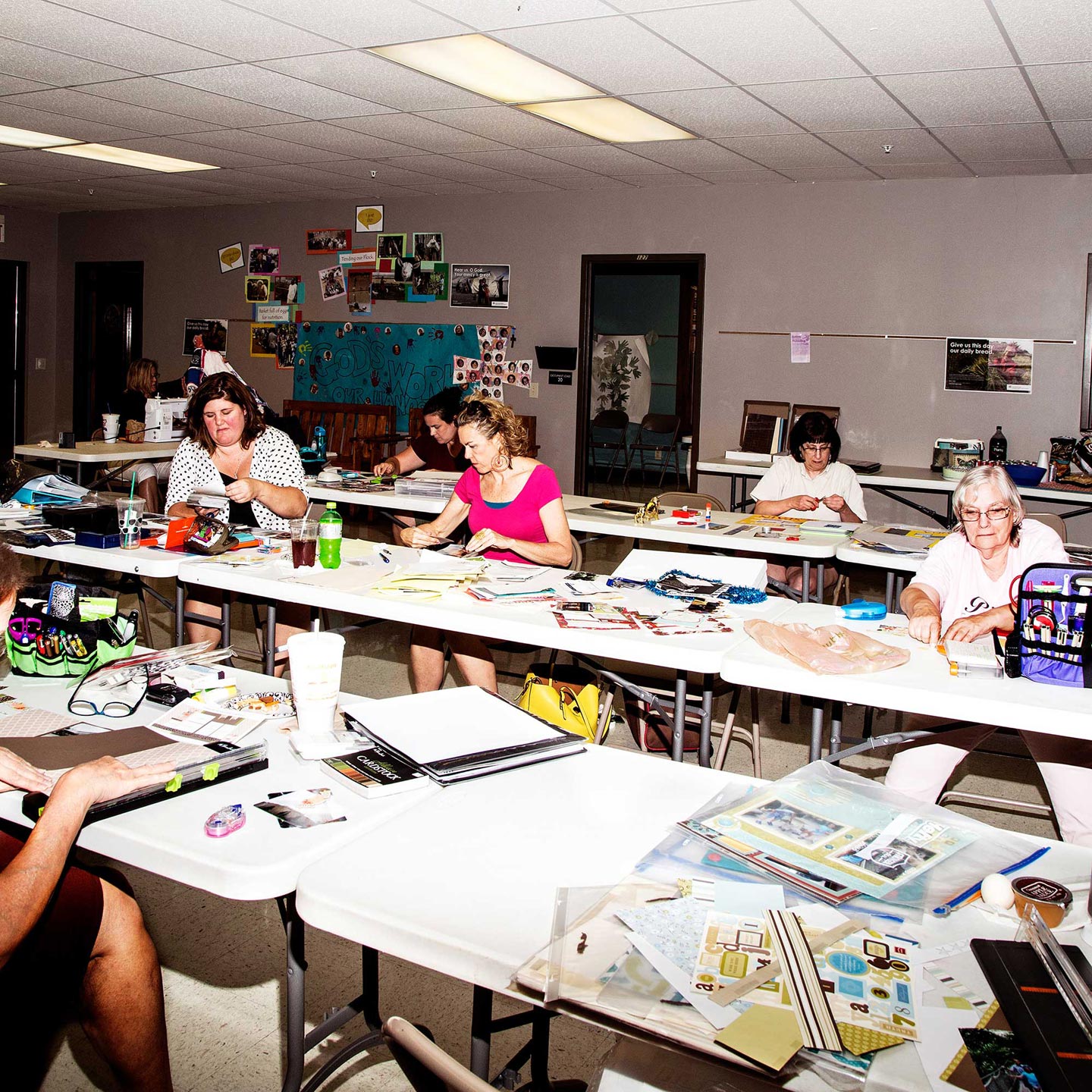

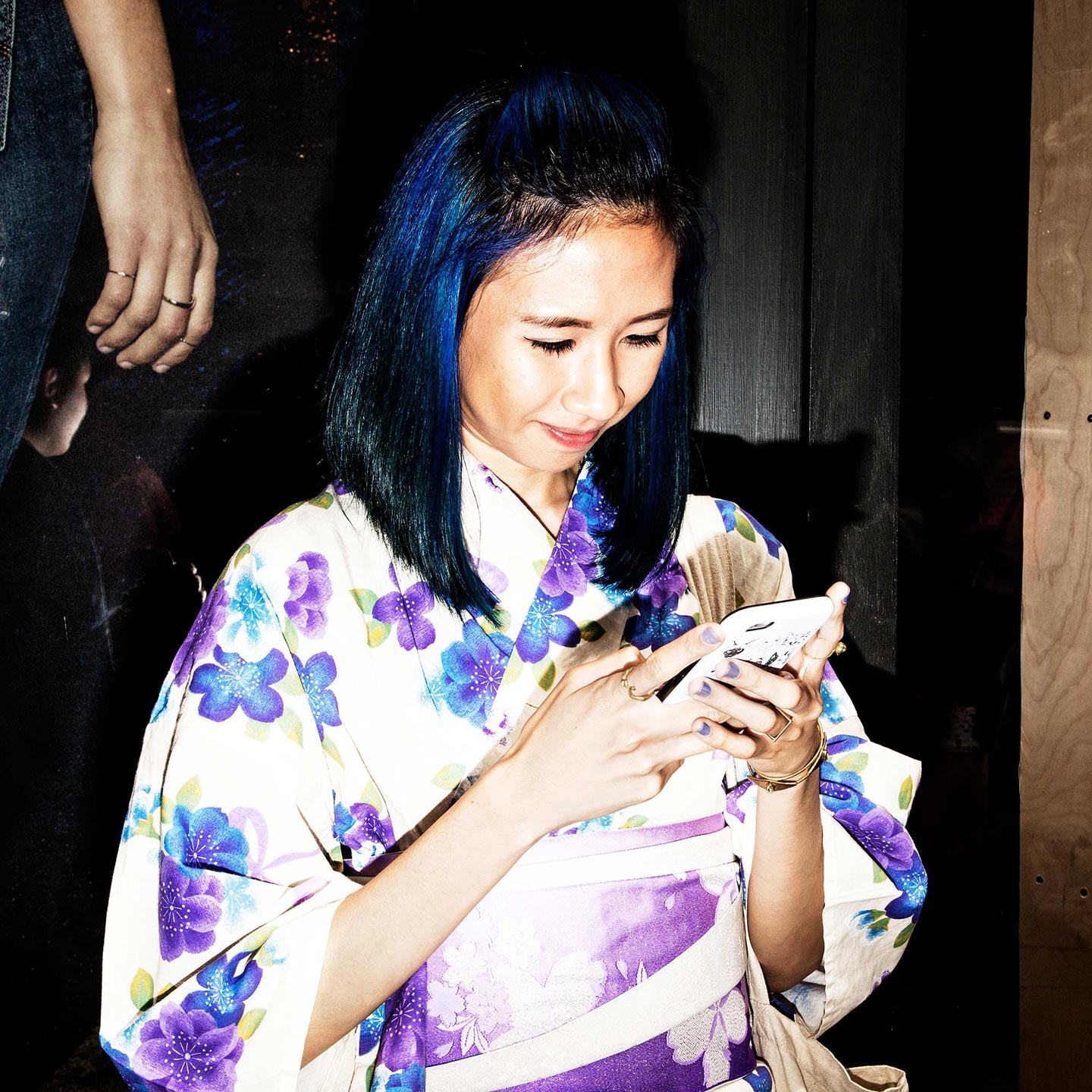
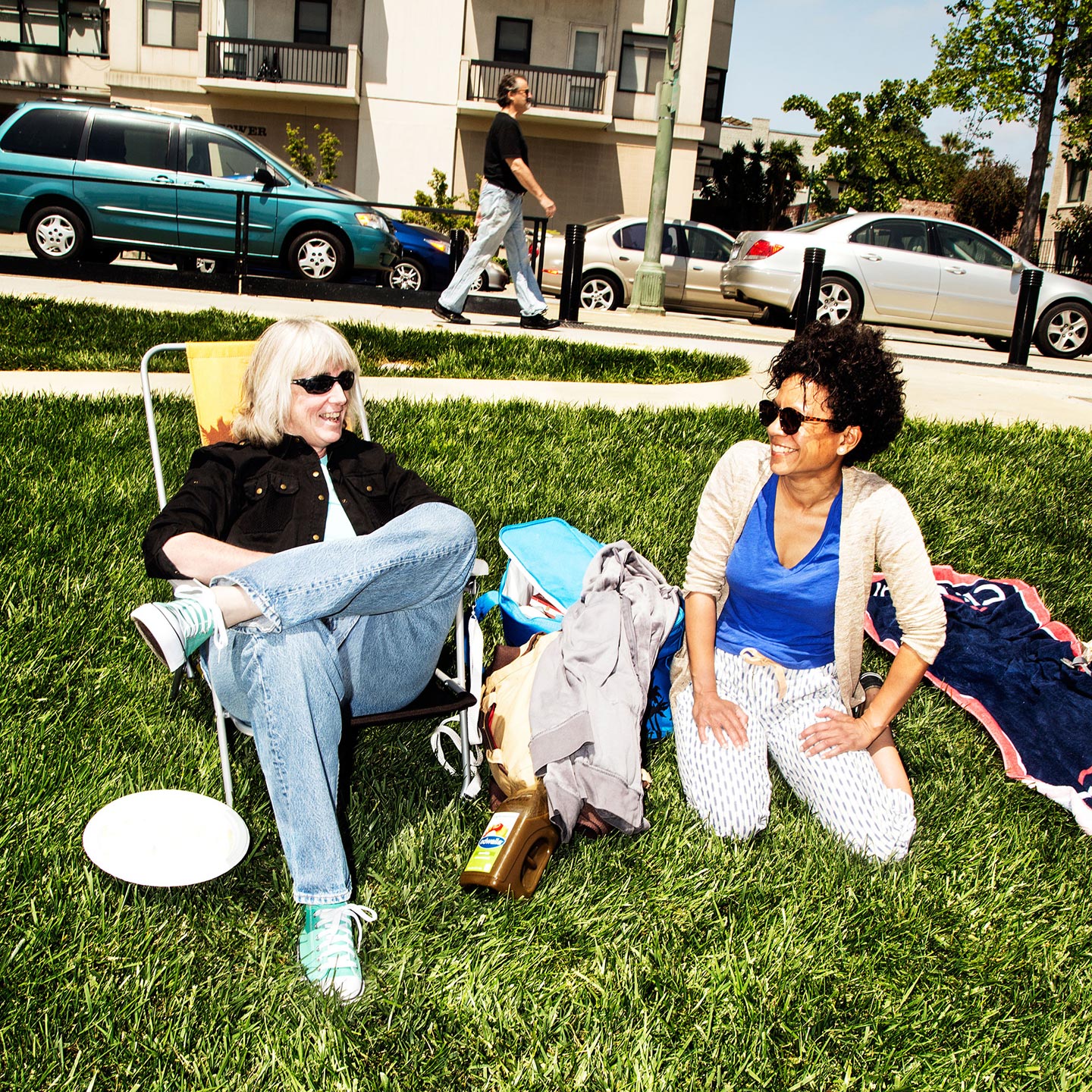
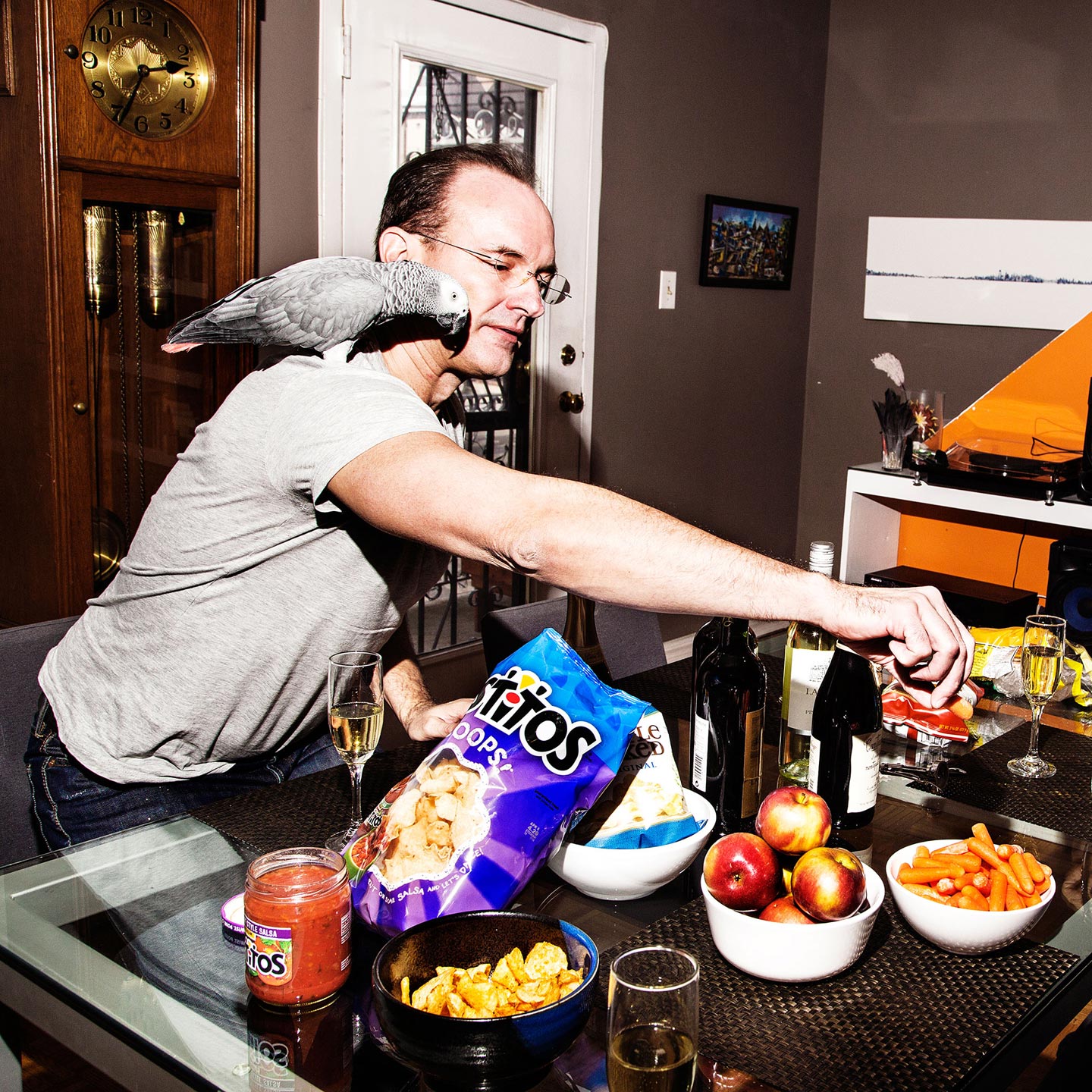
It’s a lot of fun to go through American photographer Amy Lombard‘s new photobook Connected—buy your copy here—and discover about all these more or less bizarre online communities stepping off the web to meet face to face: you got the New York City Dads Group, the Reno Women of a Certain Age, the Pokemon Go Club 18+, etc. Besides bringing a smile, the work—made with the support of the VSCO Artist Initiative grant—triggers a deeper reflection on what a community is in the day and age of the Internet.
Hello Amy, thank you for this interview. Please introduce us to Connected: what is the work fundamentally about?
At the core, Connected is about community, and how community has evolved as a result of technology and the Internet. It shows what brings us together, and how the web can facilitate relationships in meaningful ways.
What inspired Connected?
I have two entry points into my initial interest in making this work. For starters, I remember what life was like pre-Internet. I still remember logging onto AOL for the first time, getting my first screen name “Smileygrl726” and spending countless hours in chat rooms. I grew up incredibly shy and introverted as a kid. In real life I didn’t always feel like I could be the person I wanted to be, and knew that I was. This is, of course, common as you are coming into your own. But these interactions behind the computer screen—which took on different platforms over the years, from AOL to Livejournal-—helped me understand myself and the world around me. I was able to find my “people”. I could be myself for once.
When I found myself at a pug meetup in Staten Island, I was interested in our relationship with animals at first, but left feeling amazed that the Internet was responsible for bringing together all of these people into one stranger’s home. It’s absolutely an anthropological study of culture and not one about me in particular; but in a way it brings me back to my own experiences over the years and it feels like my own personal ode to the Internet.
Based on what did you select the communities you photographed?
I really let my curiosity take the lead when it came to determine what groups I was interested in photographing. There was no checklist to determine which groups would be of interest or not. I tried to span different platforms and find groups that were as diverse in subject matter as I could. While it could never be entirely comprehensive, I think Connected does offer a glimpse into this time in our society—whether it’s an absurdly huge fascination in Instagram famous dogs, shifting gender roles when it comes to parenting, or the huge phenomenon of Pokemon Go.
How would you describe these groups and their members’ attitude towards each other and their object of interest?
I think to go into these situations for everyone involved there has to be a certain level of openness and desire to connect with others, so the mood was often light, friendly and upbeat. To have a commonality in one particular thing was the start, but often that just helps you understand and connect with someone on a different level aside from just the one point of interest.
In the book’s introduction you write: “Community did not die while we were all busy looking at our smartphones. Community evolved”. Your view of the Internet and online relationships sounds optimistic.
It is very much optimistic. There is constant talk about the negative implications technology has had on our culture. I’m not blind to it whatsoever, and I do not think it’s all lollipops and rainbows, of course. What people don’t focus on is how it has brought people together in such an amazing way. We really don’t have to be alone—look at how many platforms there are to connect with someone!
Did you have any specific references or sources of inspiration in mind while working on Connected?
When my book designer Elysia Berman and I were making the book, the inspiration behind the design was to make something consumable in an Internet experience kind of way. Elysia isn’t a traditional book designer; by trade she’s been primarily digital. She has worked at places ranging from a social media focused ad agency to now a Snapchat designer at Refinery29. I think this really worked in the project’s favor. At 6×6 inches, it is small and intimate. There are no more than four images from a particular meetup and each page tells you what you’re looking at, and where it was taken. It certainly feeds into the limited attention span people have now because of how much content and images we are bombarded with everyday.
How do you hope viewers will react to Connected, ideally?
I hope that some of my optimism rubs off on them and that they feel they too can use the Interent to find their “people”.
What have been the main influences on your photography?
I’d say the classic street photographers at large have had a profound impact on my work over the years: Helen Levitt, Garry Winnogrand, Robert Frank and countless others. It helped me develop my style and understand that the everyday can be absolutely fascinating. I will also always be drawn to photographers like Diane Arbus and LIFE photographer Nina Leen, who were able to see the world in such a different and distinct way.
Who are some of your favourite contemporary photographers?
Polly Borland, 1990s David LaChapelle, Ruddy Roye, Alex Prager, Maurizio Cattelan, Zoe Strauss, Rosalind Fox Solomon and so many others.
Choose your #threewordsforphotography.
Details. Spotlight. Identity.
Keep looking...
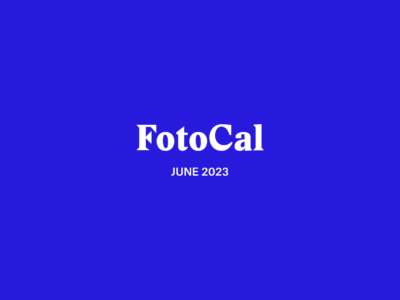
FotoCal — Photography Awards, Grants and Open Calls Closing in June 2023
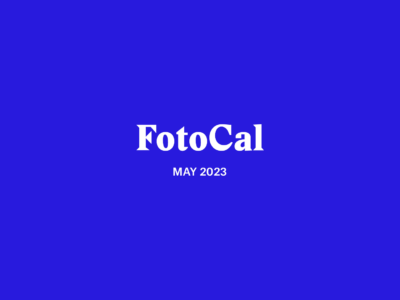
FotoCal — Photography Awards, Grants and Open Calls Closing in May 2023
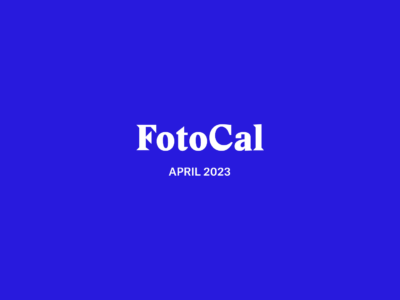
FotoCal — Photography Awards, Grants and Open Calls Closing in April 2023
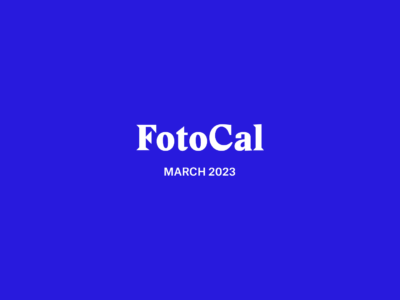
FotoCal — Photography Awards, Grants and Open Calls Closing in March 2023
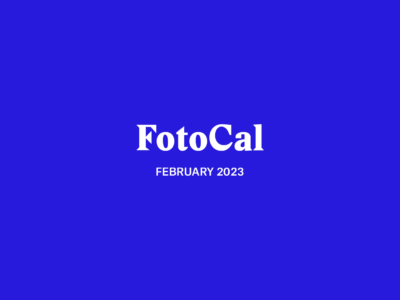
FotoCal — Photography Awards, Grants and Open Calls Closing in February 2023
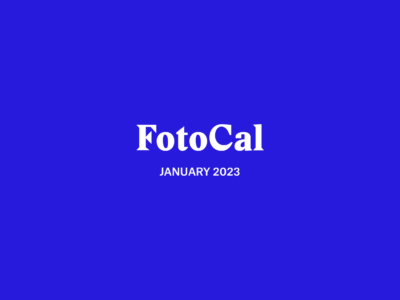
FotoCal — Photography Awards, Grants and Open Calls Closing in January 2023
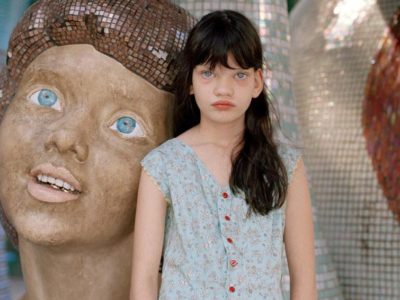
Discover the “Sweet and a Little Bit Sad” Photography of Annie Collinge




